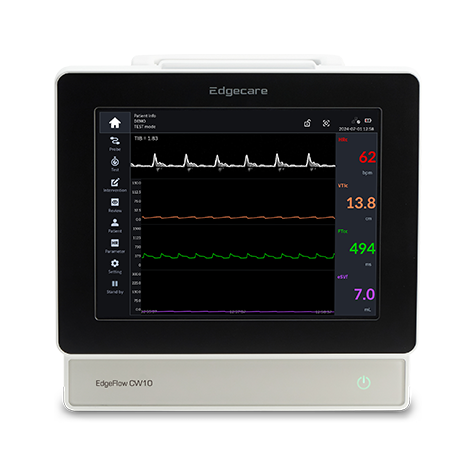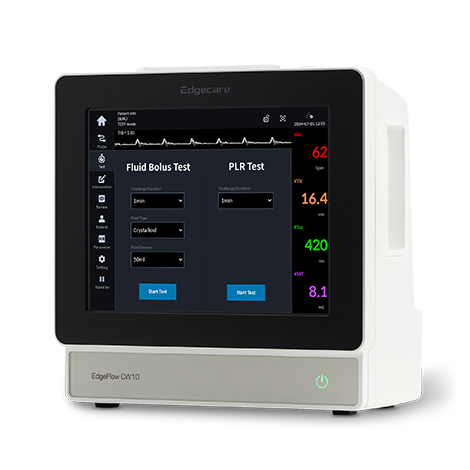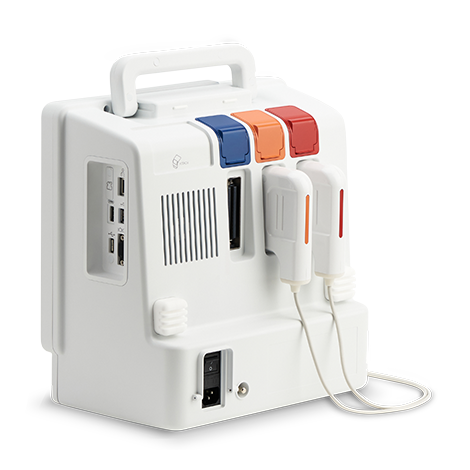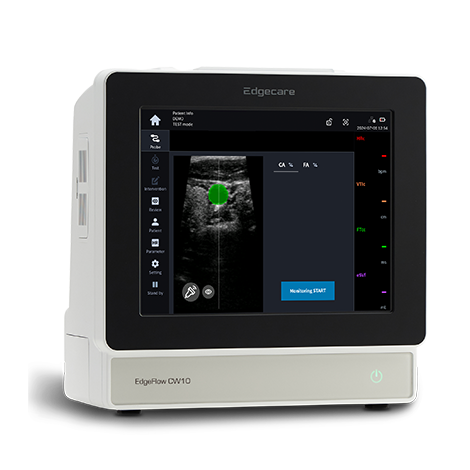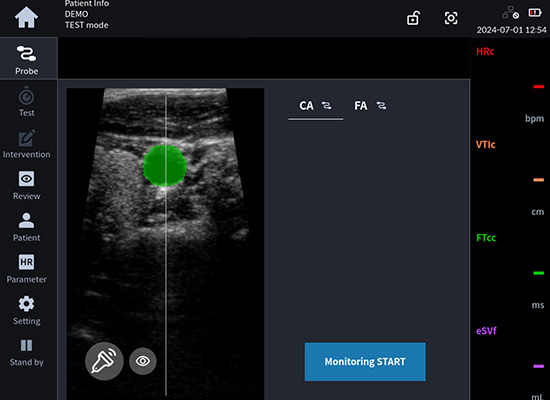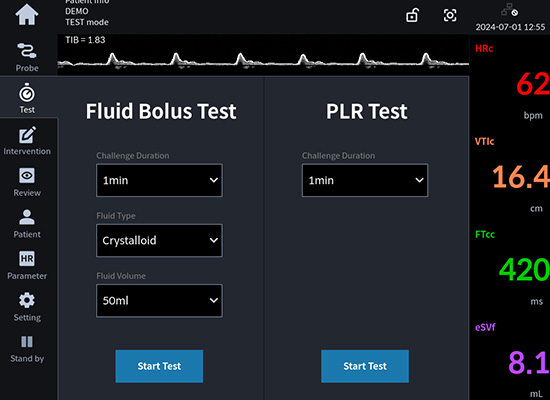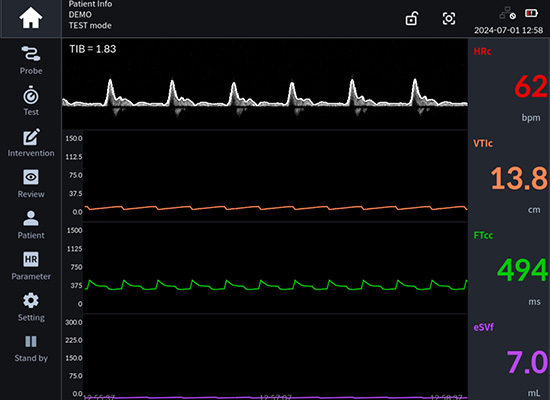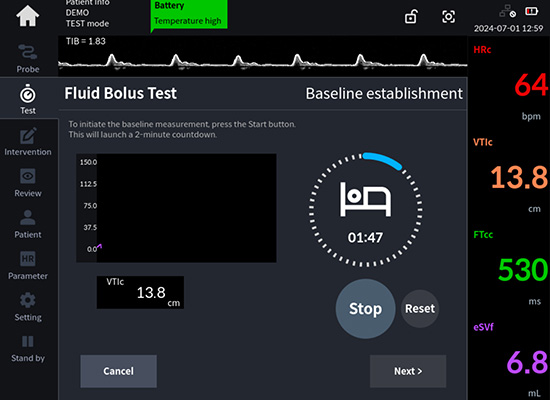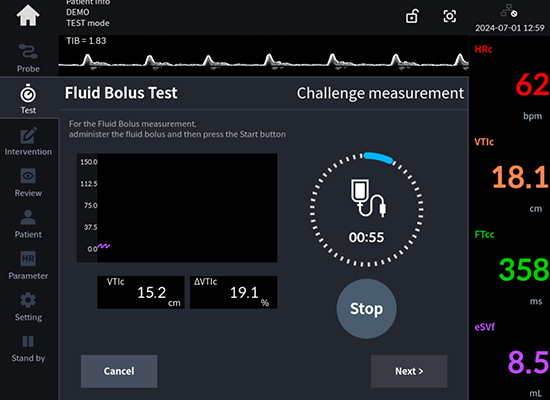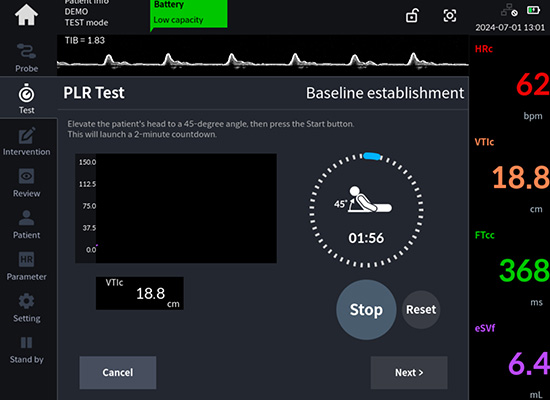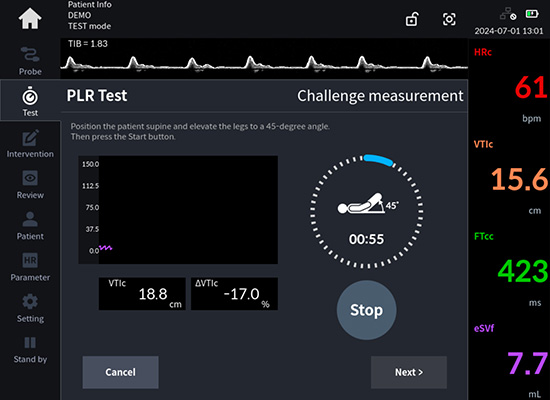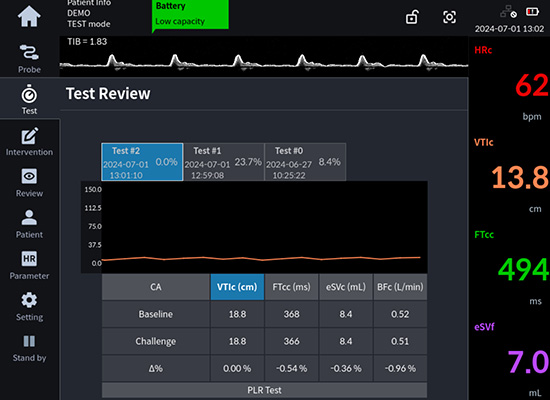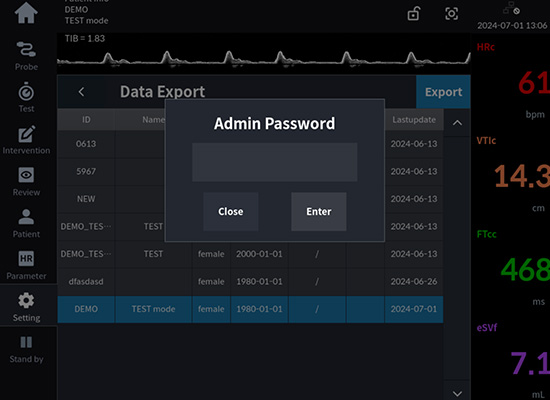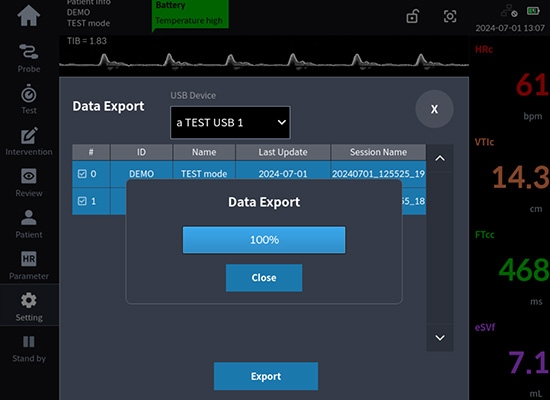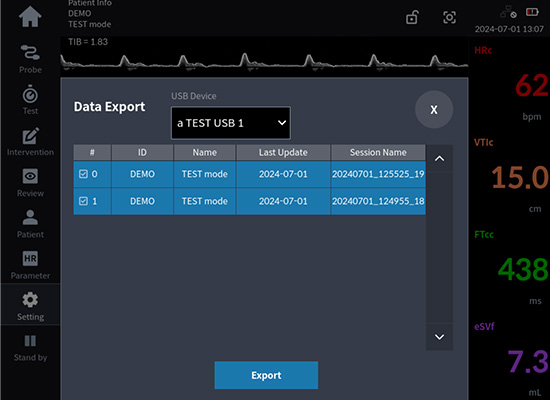EdgeFlow CW10
Transforming Hemodynamic Monitoring
Fluid responsiveness is key in fluid management to boost cardiac output and prevent complications such as pulmonary edema.
Regular assessments are vital for maintaining hemodynamic stability.
The EdgeFlow CW10, utilizing Doppler Ultrasound technology, offers a non-invasive and continuous monitoring solution.
This device ensures accurate, real-time assessments, improving patient safety and treatment outcomes, making it a critical tool in clinical settings.
Carotid Artery Doppler Ultrasound :
Revolutionizing Fluid Responsiveness Assessment
Carotid Artery Doppler Ultrasound is transforming fluid responsiveness assessment in critically ill patients through a non-invasive, real-time monitoring method. It utilizes Carotid Velocity Time Integral (VTI) and Corrected Flow Time (FTc) measurements obtained from pulsed wave Doppler, providing critical data swiftly and safely, making it a preferred choice in critical care settings [1][2]. Unlike invasive methods such as Pulse Pressure Variation (PPV), Stroke Volume Variation (SVV), and Transesophageal Echocardiography (TEE), which are limited to certain patient conditions and involve risks, Carotid Doppler offers a seamless, patient-friendly solution [3][4][5]. Its growing clinical acceptance underscores its efficacy and safety, marking a significant advancement in fluid management.
[1] Cheong I et al. J Ultrasound. 2024 Mar;27(1):97-104.
[2] Pace R et al. Minerva Anestesiol. 2022;88(5):352-360.
[3] Jung S et al. J Clin Med. 2021;10(12):2676.
[4] Zhou K et al. Shock. 2024 Mar 1;61(3):360-366.
[5] Jalil BA et al. Am J Emerg Med. 2018;36(11):2093-2102.

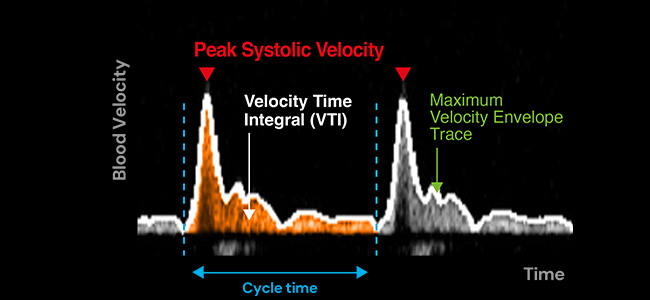
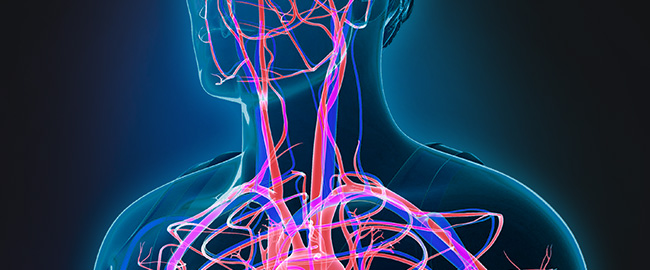
Clinical Measurements for Fluid Responsiveness Assessment
| Measurements | Principle | Clinical Significance | Limitations | Advantages |
|---|---|---|---|---|
| Stroke Volume Variation (SVV) | Variation in stroke volume during respiration | Predicts fluid responsiveness | Requires controlled ventilation, sometimes needs invasive arterial pressure monitoring, affected by arrhythmias | Widely used and validated |
| Pulse Pressure Variation (PPV) | Variation in pulse pressure during respiration | Predicts fluid responsiveness | ||
| Velocity Time Integral (VTI) | Measures blood flow velocity over time, reflecting stroke volume | Predicts fluid responsiveness, assesses cardiac output | Operator-dependent, limited by anatomy | Non-invasive, real-time, useful in a wider range of patients: easier to apply initially |
| Corrected Flow Time (FTc) | Measures systolic blood flow duration, corrected for heart rate | Predicts fluid responsiveness, assesses cardiac function |
Patch-Type
Ultrasound Probes :
Continuous and Ultimate
Non-Invasive Monitoring
The EdgeFlow CW10 redefines hemodynamic monitoring with its patch-type probe, offering a non-invasive alternative to traditional methods such as TEE and manual Doppler ultrasounds, which require sedation or continuous manual handling. By attaching the patch-type probe directly to the skin, the EdgeFlow CW10 enables continuous, hands-free monitoring, enhancing comfort and safety in various patient scenarios. This device provides clinicians with a reliable tool for precise fluid management, thereby improving decision-making and patient care.
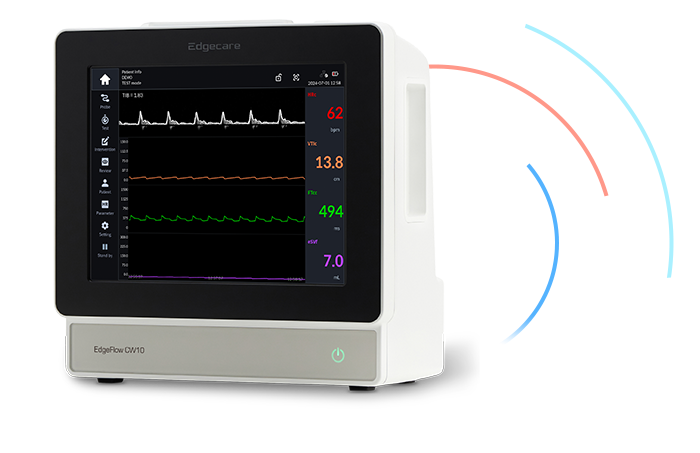
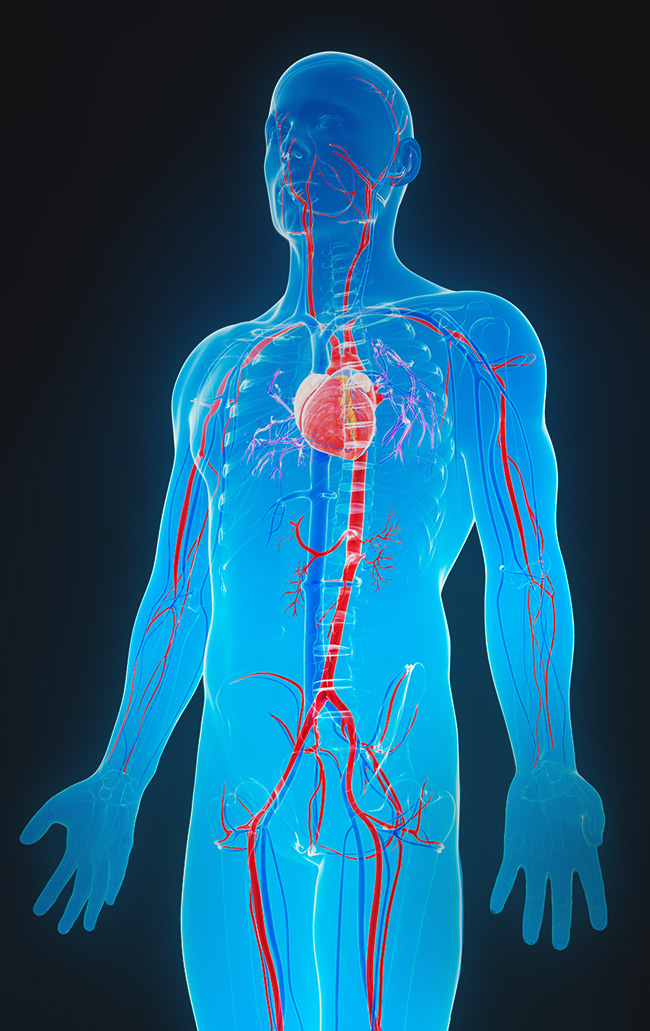

Overcoming Doppler
Challenges :
Effortless Accuracy
Our AngleFree™ technology* revolutionizes Doppler ultrasound accuracy by removing the need for manual angle adjustments. This feature simplifies operation, allowing even beginners to achieve reliable measurements. The system's automated adjustments and intuitive design facilitate continuous, hands-free use, enhancing measurement reliability and patient outcomes. Moreover, the system includes TraqVue™, a clear B-mode imaging feature that provides real-time guidance and confirms scanning status, greatly improving accuracy and assisting clinicians.
*Patent: Ultrasonic Device and Method of Generating Ultrasonic Image Using Vector Doppler EP2613176A2, 2013.
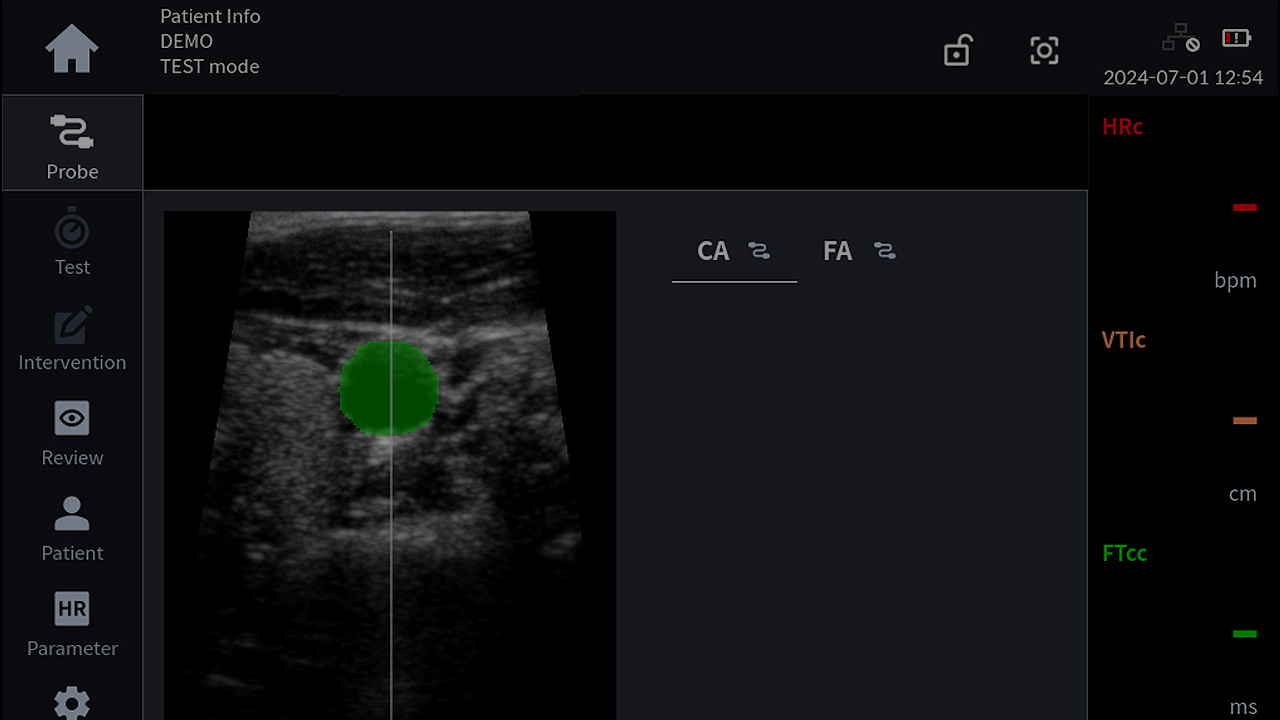


EdgeFlow CW10
Our 12.1-inch Color IPS touch LCD display, featuring a high resolution of 1024 x 768 pixels, offers top-tier visual quality and user-friendly interaction. Essential measured values can be clearly monitored.
The sleek, lightweight design and IPX4-rated probes, with flexible mounting options, ensure easy use in ICU and operating rooms. Ideal for crowded environments with fluids or contaminants, it enhances usability in any clinical setting.
Our product features an intuitive UI designed to follow procedures seamlessly, combined with a touchscreen that offers excellent touch responsiveness. This ensures a user-friendly and efficient experience for all users.
Measurements are stored directly on the device, providing easy access and reliability. These can be easily exported as CSV files for research data, simplifying data analysis and management.
